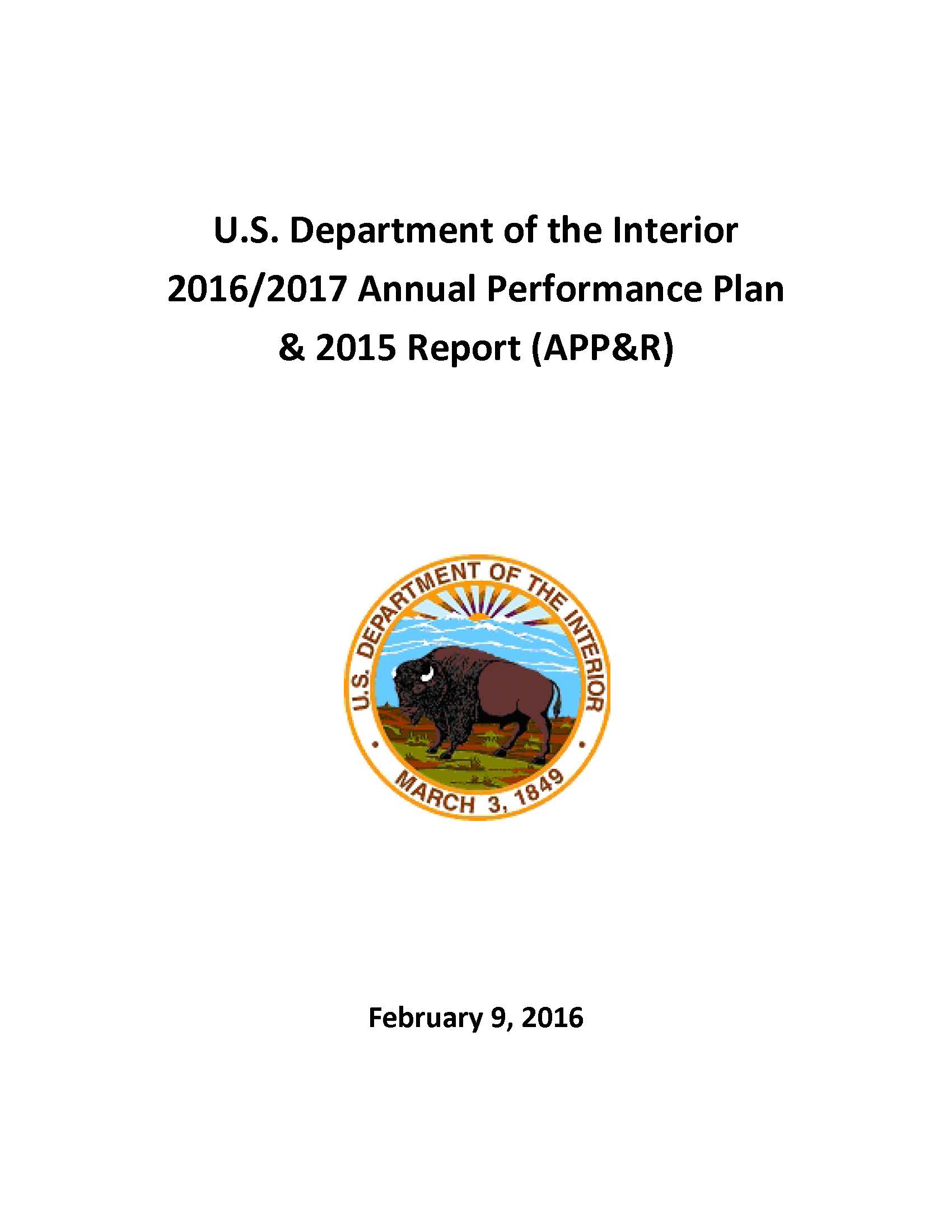- Home
- Agencies
- Department of Agriculture
- Department of Housing and Urban Development
- General Services Administration
- Department of Commerce
- Department of the Interior
- National Aeronautics and Space Administration
- Department of Defense
- Department of Justice
- National Science Foundation
- Department of Education
- Department of Labor
- Office of Personnel Management
- Department of Energy
- Department of State
- Small Business Administration
- Environmental Protection Agency
- Department of Transportation
- Social Security Administration
- Department of Health and Human Services
- Department of the Treasury
- U.S. Agency for International Development
- Department of Homeland Security
- Department of Veterans Affairs
- Goals
- Initiatives
- Programs
Primary tabs
Key to Changes
This text is Revised text
This word has been added to the text
This text is Last Published text
This word has been removed from the text
Modifed styling with no visual changes
FY 16-17: Agency Priority Goal
Enhancing Indian Education
Priority Goal
Goal Overview
Problem or opportunity being addressed
The 183 federally-funded Bureau of Indian Education (BIE) schools, educating more than 48,000 students on 63 reservations in 23 states, have a graduation rate of 53 percent compared to a national average of 80 percent.[1]
Removing barriers to the success of Native American youth includes improving Indian education. Low rates of educational attainment perpetuate a cycle of limited opportunity for higher education or economic success. Tribal communities can best identify barriers and opportunities for Indian education and design effective, culturally-relevant strategies for operating tribal schools that improve outcomes for their students. Tribal communities need an educated citizenry to lead their governments, develop reservation economies, contribute to the social well-being of the community, and sustain Indian cultures.[2]
Relationship to agency strategic goals and objectives
This priority goal ties directly to Mission Area 2, “Strengthening Tribal Nations and Insular Communities,” of the Department of the Interior’s FY 2014-2018 Strategic Plan. Additionally, improving graduation rates and giving tribes more control over educational curricula supports Administration initiatives to improve the quality of life in tribal and native communities.
Key barriers and challenges
Educational achievement can also be affected by conditions in the community including its economy, available nutrition, wellness, mental health, substance abuse, family life, exposure to bullying and violence, housing shortages, etc. As such, the education provided by BIE-funded schools may be only one of several factors impacting graduation rates.
Stakeholder Engagement
BIE engages with tribal education departments and tribal colleges to help build the capacity and needs of schools.
In education, as in other areas of Federal Indian services, the Administration recognizes that successful Indian education involves tribal management of their schools. Today, tribes operate more than 2/3 of BIE funded schools, with BIE directly operating the remaining schools. Interior comprehensively reviewed BIE operations for achieving improvements in Indian education, as described in “Findings & Recommendations” prepared by the Indian Education Study Group (see http://www.bie.edu/NewsEvents/StudyGroup/index.htm and http://www.doi.gov/news/upload/Study-Group-Blueprint-DOI-FINAL.pdf). The review revealed significant organizational changes necessary to provide tribes the resources and support needed to directly operate high-performing schools, to remove institutional obstacles that hamper student achievement, and to enable principals to focus on instructional leadership. The review also highlighted the need to provide targeted and highly customized technical assistance that meets the unique instructional needs of each BIE-funded school, including instruction on the tribe’s language, history, and culture.
[1] Page 5, 2014 Native Youth Report, Executive Office of the President, December 2014.
[2] Page 19, 2014 Native Youth Report, Executive Office of the President, December 2014.
Strategies
Secretary Jewell’s Order number 3334, issued June 12, 2014 (http://bie.edu/cs/groups/xbie/documents/document/idc1-031626.pdf), restructured the Bureau of Indian Education, creating an Office of Sovereignty and Indian Education to focus on supporting tribal sovereignty by building the capacity of tribes to operate high performing schools and allowing tribes to shape what their children learn about their tribes, language, and culture. The Office also supports grant status for schools, provides support and guidance for effective use of incentive grants, and provides curriculum support for tribal culture, language, and traditions.
School solutions teams of experienced professionals will provide customized technical assistance to the schools in such areas as:
- teacher and principal recruitment, professional development, and evaluation;
- acquisition;
- school facilities,
- financial management, and
- technology.
The teams will work with individual schools and tribes to help maximize each school’s performance.
Progress Update
Graduation Rates: Graduation rates are expected to improve in the 2016-2017 school year but will probably not meet the 5% goal. The Bureau of Indian Education (BIE) compared graduation rates for the past three school years: (i) 2013/14 = 48%; (ii) 2014-15 = 51%; and (iii) 2015-16 = 49%.
Since graduation data becomes available annually several months after the school year ends, BIE also is tracking interim quarterly progress toward increasing graduation rates through two measures: onsite school monitoring and attendance rates. For onsite school monitoring, BIE completed fiscal and programmatic assessments of 26 of 35 schools targeted for FY 2016. Limited staff reduced the number of monitoring visits in FY 2016; as the BIE transformation is implemented, the number of visits should increase. BIE's monitoring team provided the 26 schools a final report that included: (1) an analysis of the school’s continuous improvement processes; (2) any findings of noncompliance identified during the onsite verification; (3) descriptions of compliance with ESSA (Every Student Succeeds Act) specified set-asides; (4) recommendations for continuous school improvement; and (5) next steps for correcting findings of noncompliance, if applicable.
Attendance data for last school year showed variations by quarter and will be compared to the current school year to identify trends and improvements.
School Conversion: This part of the goal likely will be met. BIE uses three milestones to identify quarterly progress for school conversion from BIE to tribal operated:
- Interest/Intent: BIE discusses with Tribes their interest in school conversion. Depending on tribal interest, a school is identified as a candidate for conversion.
- Tribal Resolution: a Tribe develops a resolution to operate a BIE-funded school. After this, BIE and the Tribe work together to develop school conversion plans and terms.
- Conversion Date: the date on which the agreement and related funding are exercised. Typically, this will be July 1, the start of annual school year funding.
As of September 30, 2016, one of four schools has converted to tribal operation. For the remaining schools, BIE is in discussions with other Tribal schools and providing assistance based on their needs. The goal is to support tribal sovereignty by developing school conversion terms and plans that build tribal capacity for operating high performing schools and shaping what their children learn about their Tribes, language, and culture.
Next Steps
To increase graduation rates, BIE continues to implement the BIE restructuring, monitor attendance rates, and conduct onsite monitoring of schools. Improved data management and evaluation, and continued implementation will enable evidence-based changes that impact graduation rates. For conversion of schools to tribal operation, BIE continues to engage with and assist other schools as they go through the process. Since conversion must occur at the start of the school funding year, the next opportunity for conversion is July 1, 2017.
Expand All
Performance Indicators
Percentage of tribal students completing high school within four years of their ninth grade entry date
Number of schools that convert from bureau to tribal operation
Contributing Programs & Other Factors
Contributing Programs within the agency (http://bie.edu/index.htm)
- Bureau of Indian Education Elementary and Secondary Programs
- Bureau of Indian Affairs (BIA) Employee Housing Repair
Contributing programs or partners outside the agency
- Tribal Education Departments (http://bie.edu/Schools/index.htm)
- Tribal Colleges and Universities
- The following agencies administer programs that also can affect the education of tribal students:
- U.S. Department of Education (ED) Office of Indian Education (http://www2.ed.gov/about/offices/list/oese/oie/index.html)
- U.S. Department of Agriculture (USDA) School Nutrition Program and Federally Recognized Tribes Extension Program (http://www.usda.gov/wps/portal/usda/usdahome?navid=otr)
- U.S. Department of Housing and Urban Development Block Grant Teacher Housing funding (http://portal.hud.gov/hudportal/HUD?src=/program_offices/public_indian_housing/ih/grants/icdbg)
- U.S. Department of Commerce E-rate (internet access) program (https://www.commerce.gov/os/olia/native-american-affairs)
- U.S. Department of Health and Human Services ACF Child Welfare Program (http://www.acf.hhs.gov/cwpm/programs/cb/laws_policies/laws/cwpm/index.jsp)
No Data Available










